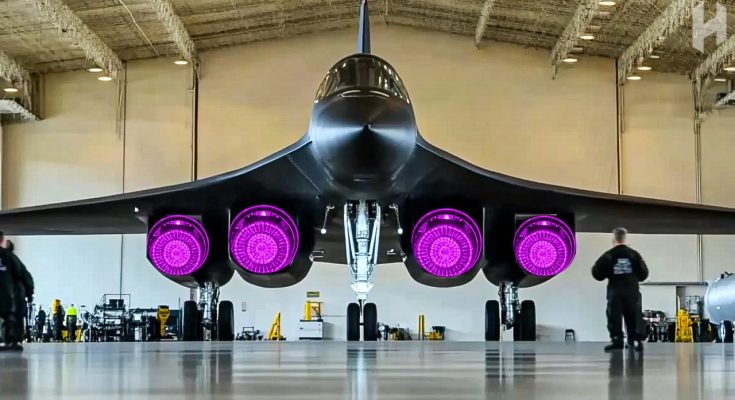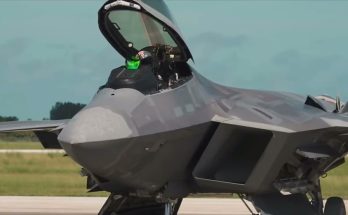The B-1B Lancer, a supersonic strategic bomber that has been in service since the 1980s, recently shocked the world with its newfound capabilities after undergoing significant upgrades. Known for its versatility and speed, the B-1B has long been a key asset in the U.S. Air Force’s bomber fleet. However, its latest modernization efforts have breathed new life into the aircraft, enabling it to meet contemporary challenges and reaffirming its relevance in modern warfare.
Enhanced Weaponry and Precision Strike Capabilities
One of the most notable upgrades to the B-1B Lancer is its enhanced weaponry, particularly the integration of advanced precision strike munitions. The bomber, originally designed as a nuclear and conventional weapon carrier, is now equipped with some of the most cutting-edge technologies for precision-guided munitions (PGMs). This includes upgrades to its weapons control systems, enabling the B-1B to launch a wide range of advanced munitions with pinpoint accuracy.
In addition to traditional bombs, the B-1B now carries modern smart bombs, such as the Joint Direct Attack Munition (JDAM), and long-range standoff weapons like the Joint Air-to-Surface Standoff Missile (JASSM). These upgrades allow the bomber to deliver lethal strikes from hundreds of miles away, increasing its standoff capabilities and minimizing the risk to the aircraft. The B-1B is now capable of engaging high-value targets with greater precision, making it an even more formidable weapon in the U.S. Air Force’s arsenal.
Advanced Avionics and Systems
Beyond its weaponry, the B-1B’s avionics have received a major overhaul. The bomber’s radar, communications, and navigation systems have been significantly upgraded to enhance survivability in contested environments. New, state-of-the-art avionics ensure that the B-1B can operate in modern airspace with increased effectiveness, while also improving its situational awareness and reducing the risk of detection by enemy forces.
The integration of more modern sensors and electronic warfare systems has also been critical in ensuring that the B-1B remains a formidable platform in the face of evolving threats. The ability to detect and jam enemy radar systems, as well as communicate securely in highly contested environments, ensures the B-1B can penetrate sophisticated enemy defenses without compromising mission success.
Increased Survivability and Compatibility
Another key upgrade is the B-1B’s improved survivability. With the rising threat of advanced air defense systems and missile threats, the B-1B has undergone modifications that increase its ability to survive in hostile environments. Its stealth capabilities have been subtly enhanced, and its ability to operate in contested airspaces has been boosted through the integration of advanced countermeasures.
Moreover, the bomber has been made more compatible with other advanced aircraft in the U.S. military’s modern fleet. This interoperability allows the B-1B to work seamlessly alongside stealthy assets like the B-2 Spirit and the newer B-21 Raider, ensuring that it remains a relevant player in joint operations.
Global Impact and Strategic Value
The B-1B’s new upgrades have reaffirmed its role as a critical tool in the U.S. Air Force’s strategic capabilities. The ability to strike with increased precision, operate in contested environments, and contribute to joint operations ensures that the B-1B remains a powerful deterrent and strike asset. Whether for conventional combat or as a potential nuclear delivery system, the bomber’s improved capabilities offer strategic flexibility in an increasingly complex global security landscape.
The recent shock to the world is a testament to the B-1B’s enduring relevance, even as military technology evolves rapidly. Despite its age, the Lancer has proven that with the right upgrades, it can remain an indispensable part of the U.S. military’s global strike capabilities, and its impressive modernization ensures that it will continue to be a key player in future conflicts for many years to come.



